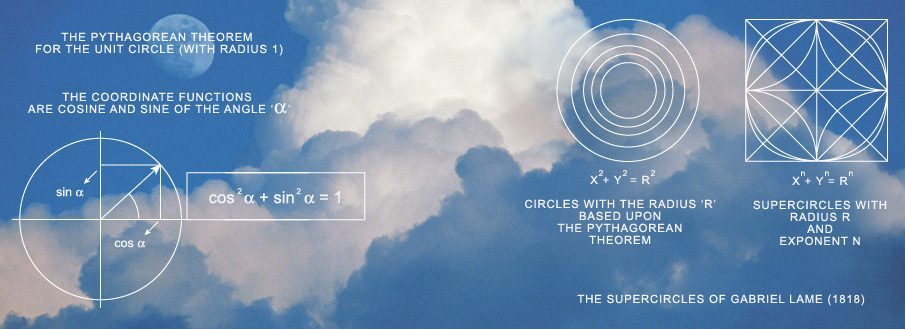

From the ancient Greek onwards probably the most important subject of natural philosophy and science has been to compare natural shapes and processes with a few simple geometric shapes, like circles and conic sections. The understanding of the larger part of natural phenomena as we now know in science is based on our geometrical knowledge of circles and straight lines.These two are connected through the Pythagorean Theorem providing the basis for the geometry we understand best: Euclidean geometry. We are free to roam around in any direction. We will keep the same height and weight whether we go east, west, north or south. We call this isotropy, and the circle is the associated geometric figure.
For most natural shapes and phenomena however, the world is anisotropic. One direction is measured in a different way than another direction. Going up a mountain is more difficult than going downwards. Crystals grow as cubes or polyhedra and not as circles or spherically like soap bubbles.In 1818 a young French geometer Gabriel Lamé used a slightly different version of the Pythagorean Theorem – defining a circle in the Euclidean case – to arrive at infinitely many shapes, called Supercircles, which are intermediate between circle and square, precisely to provide a geometric description for crystals. Likewise, Superellipses are a family of shapes intermediate between ellipse and rectangle.